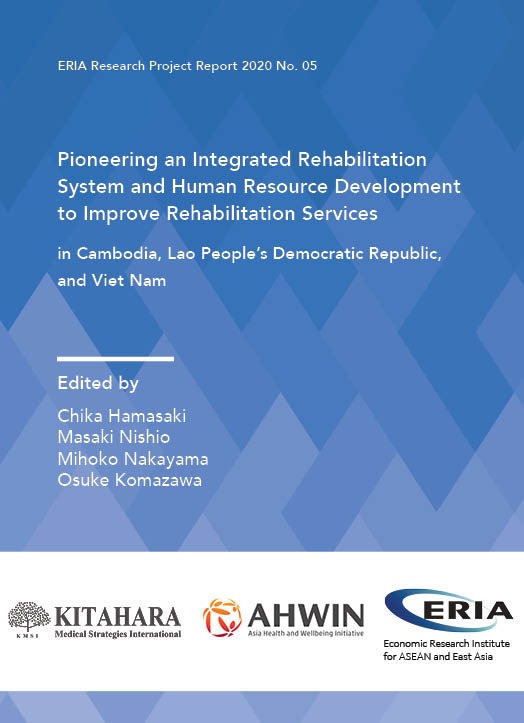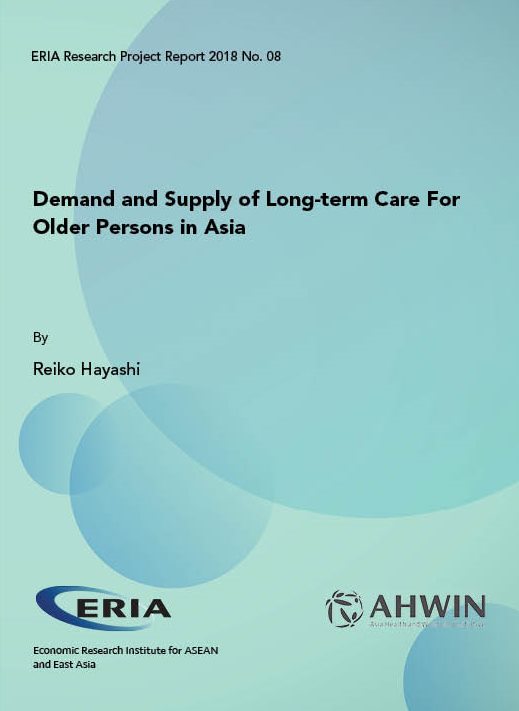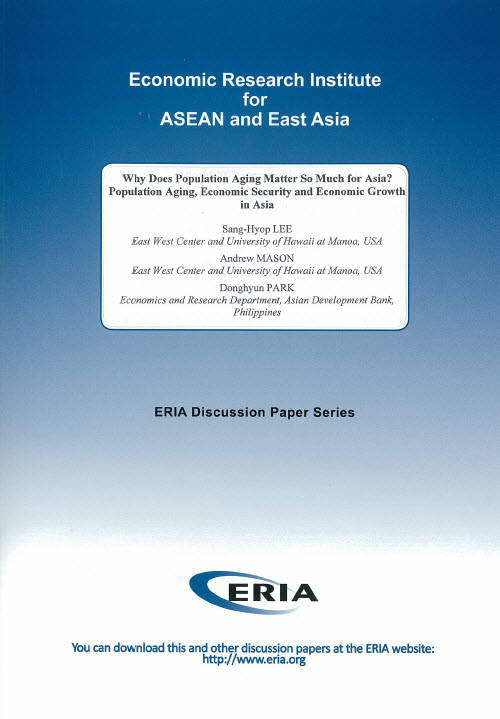Pioneering an Integrated Rehabilitation System and Human Resource Development to Improve Rehabilitation Services in Cambodia, Lao People’s Democratic Republic, and Viet Nam

Date:
28 July 2020Category:
Cambodia, Lao PDR, Viet Nam, Education, Training, and Human Capital, Healthcare and Ageing SocietyType:
Research Project ReportsTags:
Cambodia, healthcare, Human Capital, Lao PDR, Viet NamPrint Article:
The world population is ageing at an unprecedentedly rapid pace and Southeast Asia is no exception. In the societies with more older people, more patients with brain injury, e.g. stroke, can be seen, as older people more often suffer from chronic conditions that carry a higher risk of brain injury such as hypertension and diabetes mellitus. Brain injury is one of the main reasons why people need long-term care including rehabilitation. As populations age, the demand for long-term care rises. This study assesses if Cambodia, Lao PDR, and Viet Nam are ready for the increasing demand for rehabilitation. The study includes an assessment of the feasibility of introducing Japanese-style rehabilitation and Japanese-style capacity building of healthcare professionals in these three countries. It uses a variety of case studies and suggests some policy recommendations for developing rehabilitation systems.
Full Report
Contents
Chapter 2: Importance of Rehabilitation Focusing on Patients' Lives
Chapter 3: Rehabilitation in the Study Countries
Chapter 4: Results of Introducing Kitahara-style Rehabilitation in the Study Countries
Chapter 5: Effect of Education on the Rehabilitation Staff in the Study Countries
Chapter 6: Report on Project-related Events
Chapter 7: Conclusions: Solutions to Develop Rehabilitation Systems




